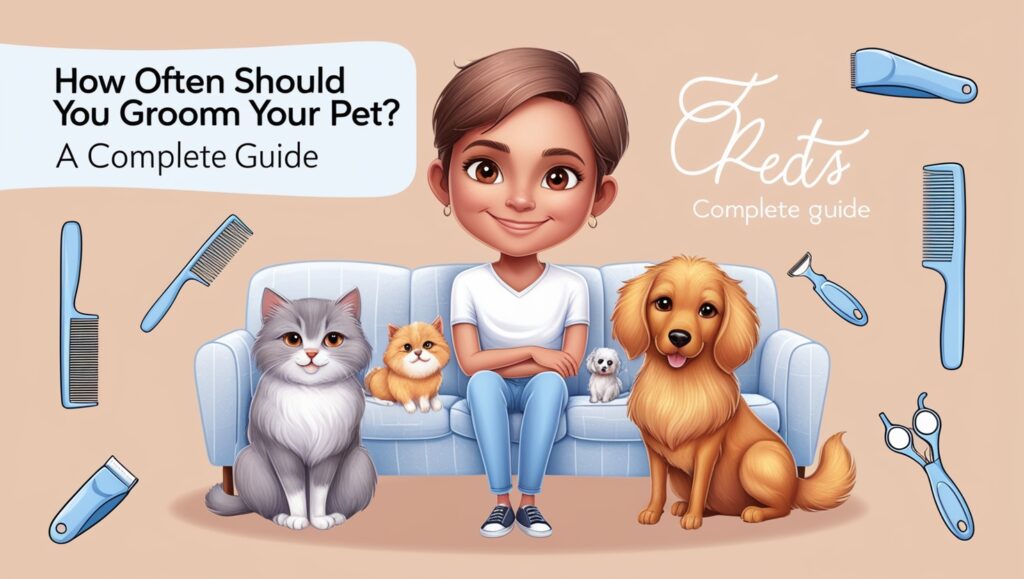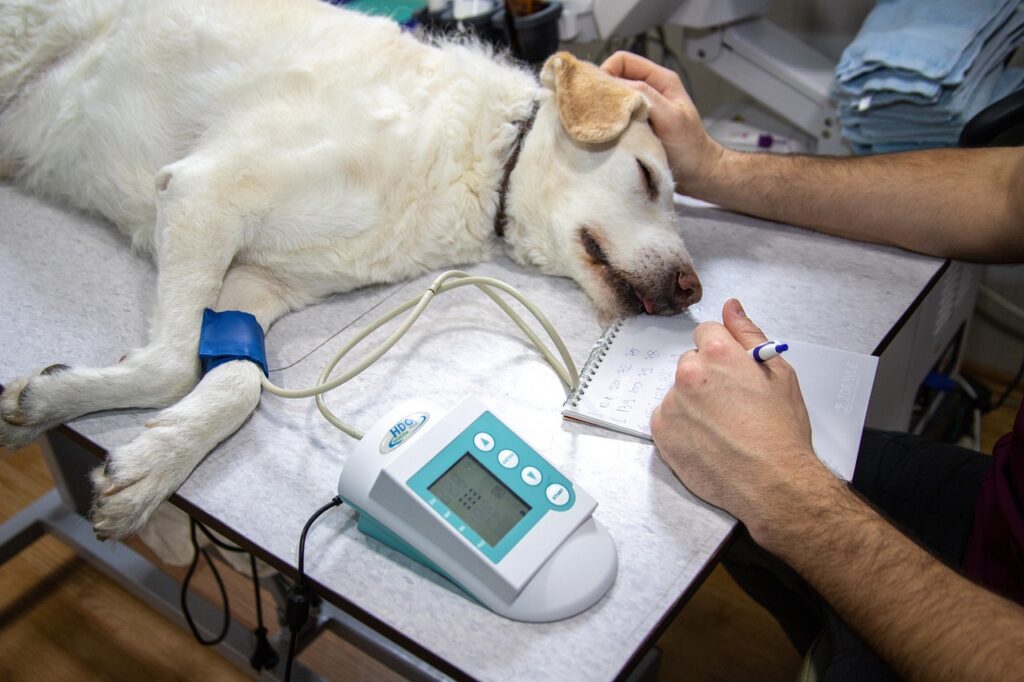Introduction
Are you wondering how often you should groom your furry friend? You’re not alone! Proper grooming is essential for your pet’s health and happiness, but the frequency can vary widely depending on several factors. Did you know that regular grooming not only keeps your pet looking great but also helps prevent health issues? In this complete guide, we’ll break down everything you need to know about pet grooming schedules.
Why is Regular Grooming Important?
Before we dive into the specifics, let’s quickly touch on why grooming matters:
- Maintains Healthy Skin and Coat: Regular grooming removes dirt, debris, and loose fur, promoting a healthy coat.
- Prevents Matting and Tangling: Especially in long-haired breeds, regular grooming helps prevent painful mats.
- Reduces Shedding: Frequent brushing can significantly reduce the amount of hair left around your home.
- Allows Early Detection of Health Issues: Grooming gives you a chance to spot skin problems or parasites early.
- Strengthens the Bond Between You and Your Pet: Grooming can be a great way to spend quality time together!
Grooming Frequency by Pet Type
Dogs
The grooming needs for dogs can vary significantly based on their coat type, breed, and lifestyle. Here’s a general guideline:
Short-Haired Dogs
- Brushing: 1-2 times per week
- Bathing: Every 4-6 weeks
- Professional Grooming: Every 8-12 weeks
Long-Haired Dogs
- Brushing: Daily
- Bathing: Every 4-6 weeks
- Professional Grooming: Every 4-8 weeks
Dogs with Thick Undercoats
- Brushing: 2-3 times per week
- Bathing: Every 6-8 weeks
- Professional Grooming: Every 8-12 weeks
Curly or Wire-Haired Dogs
- Brushing: 2-3 times per week
- Bathing: Every 4-6 weeks
- Professional Grooming: Every 4-8 weeks
Cats
Cats are generally low-maintenance when it comes to grooming, but they still benefit from regular care:
- Short-Haired Cats: Brush 1-2 times per week
- Long-Haired Cats: Brush daily
- Bathing: Only when necessary (cats typically groom themselves)
Essential Grooming Tasks and Their Frequency
Nail Trimming
- Dogs: Every 3-4 weeks
- Cats: Every 2-3 weeks
Teeth Brushing
- Ideal: Daily
- Minimum: 2-3 times per week
Ear Cleaning
- Every 1-2 months, or more frequently for floppy-eared dogs.
Eye Cleaning
- As needed, typically during baths.
Factors That Affect Grooming Frequency
- Coat Type and Length
- Shedding Level
- Outdoor Activity and Exposure to Dirt
- Skin Conditions or Allergies
- Age and Health Status
Professional Grooming vs. Home Grooming
While many grooming tasks can be done at home, professional grooming offers several benefits:
- Expertise in handling different coat types.
- Access to specialized tools and products.
- Ability to spot potential health issues.
- Proper handling of challenging tasks like nail trimming.
Most dogs benefit from professional grooming every 4–8 weeks, depending on their coat type and maintenance needs.
Tips for Successful Home Grooming
- Start grooming routines early in your pet’s life.
- Use positive reinforcement and treats.
- Invest in quality grooming tools appropriate for your pet’s coat.
- Be gentle and patient, especially when dealing with mats or tangles.
- Make it a bonding experience rather than a chore.
When to Increase Grooming Frequency
Consider more frequent grooming sessions if:
- Your pet has skin allergies or conditions.
- You notice excessive shedding or matting.
- Your pet spends a lot of time outdoors.
- There’s a change in coat texture or appearance.
Conclusion
Regular grooming is a crucial aspect of pet care that contributes to your furry friend’s overall health and well-being. While the frequency of grooming can vary based on factors like coat type, breed, and lifestyle, establishing a consistent routine is key. Remember, when in doubt, consult with your veterinarian or a professional groomer to create a grooming schedule tailored to your pet’s specific needs. By following this guide and paying attention to your pet’s individual requirements, you’ll ensure that your companion stays clean, healthy, and happy. Happy grooming!



